Origin Handcrafted Repurposes Saw Blades into Kitchen Knives
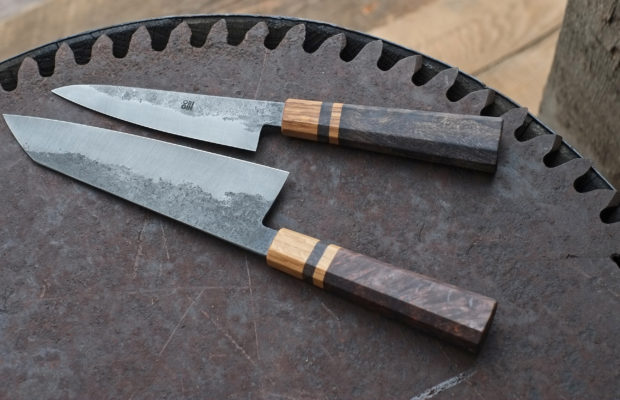
The latest crowdfunded project from Manitoba, Canada’s Origin Handcrafted is the Culinary Series, a pair of hardworking kitchen knives made from reclaimed materials that don’t sacrifice performance or beauty.
Marc Liss, the custom knife maker behind Origin, talked to us about the experience of designing and making kitchen cutlery compared to EDC or outdoors knives. “Our fundamental philosophy remains the same when making any sort of knife; utility always comes first,” he begins. “But utility looks a lot different when it comes to a kitchen knife.” Liss explains that the thinness necessary for a good food slicer makes establishing a bevel grind trickier. “There is a lot more water cooling involved. But it’s worth it because thinner blade geometry means faster cutting with less resistance.”
The Origin Culinary Series consists of two models, the Santoku and the Utility. Liss’s take on the santoku features a much more dramatic angle from choil to tip than standard evocations of the form. With a 7-inch blade, it slots neatly into the same role as a chef knife, tackling prep and flexing into other jobs as needed. The Utility, meanwhile, is about two inches smaller, with a much thinner profile – traits that allow it to walk the line between the dexterousness of a paring knife and the expanded capabilities of something larger.
Liss is making these knives from local and reclaimed materials, giving things that have been left aside a second life as a heritage-quality piece of cutlery. Both knives’ handles are made from stablized Manitoba maple wood, with an accent bolster of repurposed whiskey barrels. Meanwhile, the blades are created from old sawblades, gleaned from antique stores and friends. “Because I have established my need for these blades, people tend to just present them to me,” Liss says. “Its kind of cool because every blade I find is a little different, and has a different backstory from all the others. Its usually a history that I’ll never know but it is still fun to think about where and when these blades might have been employed.”
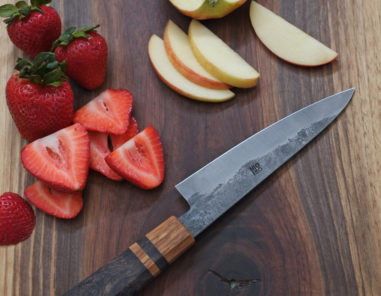
Given that these blades come from different times and places, Liss can’t identify the exact steel used in each blade: “Getting each blade tested would cost thousands of dollars. But I have developed a heat treating recipe that yields consistent results in terms of grain size and blade hardness.” Liss compares the performance to 1084, a simple carbon steel that he says balances the characteristics people look for in a hard-working knife. “Our blades are right in that 60-61 rockwell sweet spot. Other makers may disagree, but that is the hardness we have found to be the most user friendly while also retaining an excellent edge.”
The Culinary Series project is live on Kickstarter now, and fully funded – but there’s just a few more days left to get in as a backer if you’re interested. The knives are discounted if you preorder through Kickstarter but, like the Tili before it, will be available on an ongoing basis through the Origin website once production revs up. “I probably have enough blades sitting in my yard right now to cover me for the next 10 years of knife making” Liss concludes. “I still jump on any that I come across. They’re simply too great a resource to pass up.”
Knife in Featured Image: Origin Handcrafted Culinary Series
The information provided by KnifeNews.com (the “Site”) is for general recreational purposes only. The views and opinions expressed on the Site are those of the author or those quoted and do not necessarily reflect the views of any entities they represent. All information on the Site is provided in good faith, however, we make no representation or warranty of any kind, express or implied, regarding the accuracy, adequacy, validity, reliability, availability, or completeness of the information on the Site. Under no circumstance shall we have any liability to you for any loss or damage as the result of the use of the Site or reliance on any information provided. Your use of the Site and your reliance on any information on the Site is solely at your own risk.


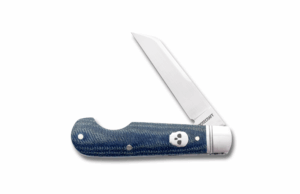
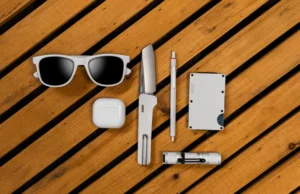
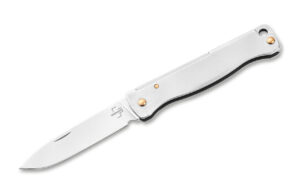






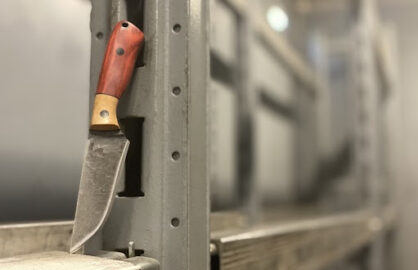

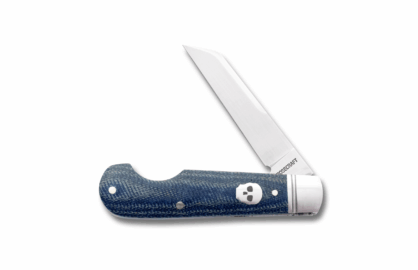

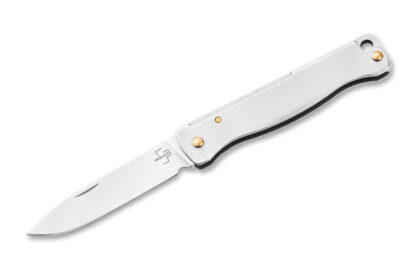
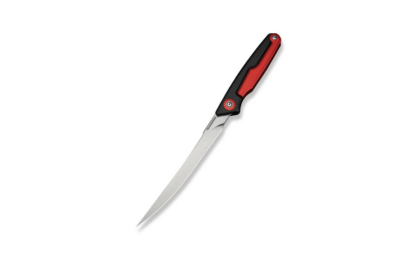




0 comments